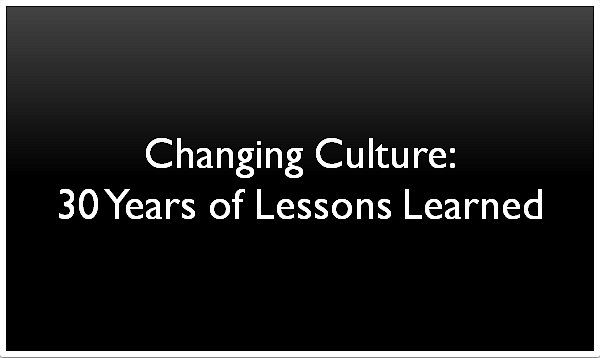How To Assimilate Remote Workers Into Your Company’s Culture
More and more, companies are turning to remote workers to help boost their revenue. According to a report from
SurePayroll, 86 percent of employees say they hit “maximum productivity” when they work alone, and two-thirds of managers say remote employees are by far the most productive. Not only that, but remote workers reduce a company’s overhead and can significantly help drive-down costs. With this shift towards remote workers, how can you help them to feel like they are a part of the culture? Here are a few key ways to help remote workers successfully assimilate into a company’s culture.
Make Them Feel Welcome
Working from a remote location can be difficult – especially when it comes to interpersonal relationships. Being separated from other employees, the feeling of isolation and possibly even loneliness can sink in quickly. That is why it is critical that you go the extra mile to ensure that all your employees – regardless of their physical location – feel a strong sense of belonging in your company.
Make sure that all of your employees understand the importance of communicating and collaborating with your entire team and encourage them to reach out to remote workers and to introduce themselves and chat in a natural way. Bonding between your team is essential for the continued success of your brand – and the assimilation of your culture across various locations.
Managers can help by getting to know remote workers on a personal level. A weekly phone or video call that includes some time getting to know each other can be very effective. Acknowledging personal and family milestones and accomplishments with things like birthday cards and congratulatory notes can also go a long way to helping people feel valued.
Connect Without the Need for Regular Meetings
The key to assimilating remote employees with your in-house company culture is by bridging the gaps that exist between your offices and external employees by establishing regular communication channels. Once you have established these lines of communication, the next step is to use them regularly.
Technology plays a critical role in successful communication between teams and can be your company’s best weapon. While many businesses rely on e-mail as a go-to platform, live-video conferencing through Facetime, Zoom and Skype are excellent for helping establish familiarity and eliminate confusion and mixed messages which can result from simple e-mail messaging. Instant messaging platforms are also great for group conversation and allow a level of informality which can help foster positive relationships between teams and reinforce company culture.
Encourage Cross-Collaboration
Cross-collaboration should be encouraged at every opportunity. By empowering and encouraging your employees to collaborate, people in disparate locations can better understand the various people and projects of your company. Not only that, but collaboration is a great way for your employees to better understand each other’s abilities, personalities, and working style; allowing for interpersonal and inter-team relationships to grow and thrive, regardless of location.
Establishing constant (or at least frequent) interactions should be your team’s top priority – especially if they have remote workers. By fostering these interactions, along with strong leadership, you can ensure feedback loops will help improve performance and help your company culture thrive.
Involve Remote Workers in Important Matters
Remote workers often get overlooked when it comes to getting employee ideas and feedback on proposed changes, decisions and solutions to problems. This is because it is faster and easier to ask people who are readily available for their input. The problem is this ignores potentially valuable insights from remote workers and serves to make them feel less valued than people who work at a company location.
While it takes more time and effort to involve remote workers, especially those in different time zones, the benefits far outweigh the costs. Make inclusion a norm by establishing practices that make remote workers part of the discussion. With the technology tools available, this isn’t difficult. It just takes a bit of thought and patience.
Make It Clear How They Make a Difference
People want to do meaningful and challenging work. When they do, they feel more engaged and motivated to perform to their best. A common problem with remote work is compartmentalization. Remote workers are often assigned specific tasks and narrow roles which can be performed, for the most part, independent of others. This contributes to feelings of isolation and raises questions regarding the value of their work.
Providing a clear line of sight from their work to the end-product is one strategy that is very effective in engaging remote workers. When they can see the final product and how their piece fits, they understand how their work is important. This also encourages them to come forward with suggestions and ideas to improve and enhance the end-product. They feel like they are part of something bigger than themselves which is exciting.
Looking for Help With Your Company’s Culture?












